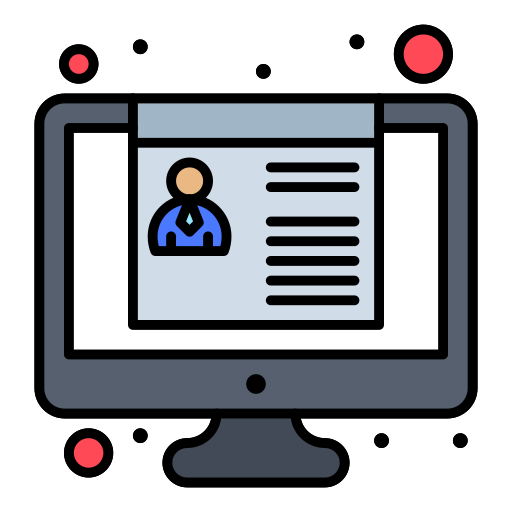Pay-per Use Equipment Finance, in the ever-changing world of manufacturing finance, is emerging as a disruptive method that has the potential to transform traditional models and provides companies with an unprecedented degree of flexibility. Linxfour, at the forefront of this new era, utilizes Industrial IoT to bring a new way of financing that benefits both manufacturers and equipment operators. We explore the complexities of Pay-per use financing, its effects on difficult situations and how it will transform practices in finance by transforming from CAPEX to OPEX. This unlocks off the treatment of balance sheets in accordance with IFRS16.
The power of Pay-per-Use Financing
At its core, Pay per Use financing for manufacturing equipment is a game-changer. Instead of rigid fixed payments, companies pay on the actual use of the equipment. Linxfour’s Industrial IoT integration ensures accurate utilization tracking, providing transparency and eliminating hidden costs or penalties if the equipment is underutilized. This innovative approach allows for greater flexibility in managing cash flow and is especially important in times when demand fluctuates and low revenues.
Effect on Sales and Business Conditions
The overwhelming majority of equipment manufacturers is a testament to the potential of Pay per Use financing. An overwhelming 94% of respondents think that this type of financing can increase sales even in difficult business environments. Affiliating costs with the use of equipment can be appealing to businesses that wish to increase their spending. It also allows manufacturers to offer better financing to clients.
Transitioning from CAPEX to OPEX: Transformation of Accounting
Accounting is one of the primary distinctions between traditional leasing and pay-per-use financing. Pay-per-Use financing is transforming businesses by moving from capital expenditures to operating costs. This has a huge impact on financial reporting. It provides an more precise representation of the costs that are associated with revenue.
Unlocking Off-Balance Sheet Treatment under IFRS16
Pay-per use finance comes with a distinct advantage since it is not a part of the balance sheet. This is a critical consideration for the International Financial Reporting Standard 16 IFRS16. In transforming the costs of financing equipment businesses are able to keep these costs off of the balance sheet. This does not only decrease the financial leverage, but also reduces obstacles to investing which makes it a desirable proposition for companies seeking a more agile financial structure.
If there is a problem with under-utilization, KPIs can be improved and TCO can be increased.
Pay-per-Use models, along with being off the balance sheet also contribute to improving key performance metrics (KPIs), such as cash flow free and Total Cost Ownership (TCO) especially when the equipment is under-utilized. If equipment is not meeting the expectations of usage traditional lease models could be unsustainable. Businesses can enhance their financial performance by cutting down on fixed costs on assets that aren’t being utilized.
Manufacturing Finance in the future
While businesses navigate a complex economic landscape in rapid change, innovative techniques for financing like Pay-per-use are setting the stage for a flexible and resilient future. Linxfour’s Industrial-IoT-driven model is not only beneficial to the bottom line for equipment operators and manufacturers but also aligns with the overall trend of businesses looking for sustainable and flexible financial solutions.
In the end, Pay-per-Use, along with the accounting shift to CAPEX (capital expenditure) to OPEX (operating expenses), and the off balance sheet approach of IFRS16 represent a significant change in manufacturing financing. As businesses strive for effectiveness, financial agility, and improved KPIs, the adoption of this new financing method becomes a strategic imperative in keeping ahead in the constantly evolving manufacturing industry.

